A look around The News, the latest large residential project in Troy

The last few years have seen a small boom in residential projects in the downtowns of the Capital Region's core cities.
And the latest project to open is The News. It's a 101-unit redevelopment/new construction project by the Rosenblum Companies at the site of the former Troy Record building in downtown Troy. Tenants started moving in at the start of this month.
Here's a look around the place, along with a conversation with Rosenblum's Jeff Mirel about Troy and building new residential in urban neighborhoods.
Photo tour
Look up, there are a bunch of photos in large format at the top -- click or scroll all the way up.
Basic info
+ Jeff Mirel, executive vice president of the Rosenblum Companies, says the total cost of the project is about $24 million.
+ The project includes two parts -- a renovation of the former Troy Record building at Broadway and 5th Ave, and the construction of a new building at the corner of Broadway and 6th Ave.
+ The project will have 101 apartments: 25 in the former Record building, 76 in the new building.
+ The apartments are a mix of studios, 1BR, 2BR, and a few 3BR. (Some of the units also include small dens in addition to the bedrooms.)
+ Rents will range from $1,000 to a more than $2,000.
+ The site will have roughly 80 off-street parking spaces.
+ It has a geothermal heating system.
+ The project isn't complete yet -- the new building still has a few months to go -- but tenants started moving into the units in the former Record building at the start of May. Mirel said the project is already half leased.
+ The development will include roughly 14,000 square feet of retail space, broken out in handful of spaces. About half that space is already leased or there are agreements in place.

Talking with Jeff Mirel
So what was it about this site, what was already here, that prompted you to say, yes, we want to do this?
So it'll sound probably a bit sales-y, but it's absolutely true to the way we evaluate things as a developer. We call it the three Cs. We look at a project first from its impact on the community. Does it fit? How does it fit? How does it work within the neighborhood, within the municipality? Then when we look at the clientele -- you know, how can we service our clients, how can we provide a class A experience by doing this project? And then it's company, comes down to the financial analysis. You know, can obviously we be financially successful with the project?
But our evaluation of return is not squarely influenced by the numbers. It's influenced by those first two. So we do a value assessment. And I think Seth [Rosenblum] and I have a particular interest in urban infill projects. We both live in the city right now -- in this case we both live in the city of Albany. But to us, it's a more sustainable lifestyle and one that I think folks are seeking out more.
And you know what's more sustainable than adapting and reusing what's already here? It certainly has a lot of challenge and expense, but it also offers a lot of reward.
This was the Troy Record, it was this beating, cultural heart of Troy and of the greater area. It's so unique and the stories of the people who worked here, the stories the paper told, they were really woven into the history of the whole region. So as a result they're part of the DNA of the building and to see a building like this vacant and even in the period that it was [still occupied] it sort of went through a successive vacancy. As the print operation ceased, a huge part of the building's utility was vacated. And then as the operations sort of became smaller and more digital it was, even when it was occupied, it was largely vacant. And I have to say the folks of the Troy Record did a fantastic job, I think, preserving and protecting the building.
But a building like this, even when it's vacated for six to eight months, instantly starts to degrade. Whether it's the roof or it's windows, water starts to get in. So it was the right time to come in and make this project happen.
And again looking at the bigger picture, this was really the edge of downtown's central business district and revitalization hadn't it made its way up here, yet. Even though 6th Ave is a heavily-traveled corridor of a city, there was a lot of vacancy in the area and there was that sort of missing connective piece to RPI and linking The Approach to Broadway and then into downtown. So it was an exciting opportunity to not only bring back this building and hopefully position it for the next hundred years of its life, but but also to be part of the greater jigsaw puzzle of Troy's revitalization.
The company seems bullish on Troy right now. You've obviously made a big investment here, you're involved with a potential project down at the old Key bank site [on 4th Street]. Why Troy right now?
I think it's a confluence of a lot of things. And our investment is building on the investment folks that came before us. I mean it may sound crazy, but I think we're building on an investment that was made back in the 70s when Greenway Garden Way and folks like Grimm led the charge to stop this march of urban renewal and the demolition of all these buildings, and to bring some of that suburbanization back into the into the city, to bring people back into the city, which is why you have such an intact, or more-intact environment.
But you also have to have the access to the riverfront. You have the retailers. You have Route 7 and the Hoosick [Street] corridor that I think that are bringing people up and allowing them to sort of stop in Troy on their way into Vermont, who are discovering how great this place is and seeing these old buildings and seeing these great shops and seeing the river.
And now I think it's a pattern of development that is also very healthy, where you see mixed-income high-density development. It's not just the big developers taking down the big projects, you know, like what you what you see Redburn's doing at 701 [River Street] and when you see the Community Builders doing on River Street. But it's a lot of small owner-occupiers or local investors who are taking those 2-3-4-unit homes and bringing them back up.
And I think retail is going to find its way into those neighborhoods as well because the [residential] rooftops are there and because it's linear you're establishing that walking pattern where people can get out of their cars and they can get from place to place and they can experience different things all within steps of where they may choose to live.
It's interesting because I kind of look at Troy as an inverted bedroom community. People are definitely playing here. Now they're starting to really live here in greater density. But we're commuting out of the city in a lot of cases to other parts of the region, whether it's up to Regeneron in East Greenbush or across to the Capitol. And eventually I think it will be interesting to see how commercial office development happens and if some of that trinity of live or play actually occurs in downtown Troy. But for the moment I think you see very healthy patterns of high-density development and building off of the early investment that's happened.
And that's one of things that excites us about [the project at the former Key Bank site on] 4th Street is it's not a historic adaptive reuse, but in that case we are going to get rid of really a suburban drive-thru bank branch. It's not really appropriate for the urban fabric. And [the project can] kind of build back that that corner of Congress and Ferry that's seen tough times but it's also seen investment by again that same sort of retail wave here, like folks at The Shop and Superior Merchandise and also the folks who've been there before and have stuck it out and continue to maintain their businesses.
Whenever the topic comes up of large new development in a place like Troy there's always also that tension between people who are already here and the people who are going to be new. And the tension between upper income and lower income, and making sure people don't get displaced. Do you think that there is a path here where people can work together and that new development can work with people who are already here?
I like to think so. Our approach as a developer, again it's why community is first. We like to be transparent. We like to get out and talk to people in the community as early as possible. And it's not just hey, we're here to do this. We want to make sure you know about it. It's actually for us to get feedback that influences the development of the project. I mean some of the neighborhood meetings that we had before we did this project influenced decisions that we made about the building and it's the same with 4th Street.
I already had the privilege of meeting with the folks from the downtown neighborhood association. And telling them about some ideas, getting some of the feedback negative and positive. Can we address all the concerns? Probably not. But can we be proactive about trying to address and make the best possible project by hearing all points and perspectives. Absolutely. And I think it's it's totally possible on a bigger scale as well.
Like I said, I think in a lot of ways it's been very interesting to see that development along River Street because you really do have mixed-income development. I think that's very healthy. And the reality is -- and it's a sad reality -- when you cloister affordable housing you don't tend to get the private investment, the retail investment. It's stigmatized. But when you're in a neighborhood that has market rate and workforce housing and affordable housing you have a greater chance of attracting that investment and really lifting everyone in the neighborhood. Because so much of what works against folks in affordable housing is food deserts and transportation deserts. How am I going to get work, how am I going to eat a decent meal? When you can overcome some of those very basic needs like getting that investment into a mixed income community, I think it sets a very important table for dealing with some of the socioeconomic the bigger socioeconomic issues that are part of that equation.
Rosenblum Companies did 17 Chapel [in downtown Albany], which I think was probably a big risk at the time. It was able to pull that off. Now it's doing this one. You, personally, were involved in the Albany Barn, which is a different kind of project, but also residential in an urban area. What do you think the biggest lesson is about doing these sorts of new residential projects in urban neighborhoods?
We're still learning it, I guess, because when you're doing particularly these types of projects where in a lot of ways the market's untested, you don't know what's going to work.
I guess to some degree [what we're] seeing now, I think, it's a validation for us of our process. More importantly than anything, the Rosenblum Companies they've been really top developers in the community for 40 years. But it is a core value that is part of our company ethos, everyone shares it, we're really property managers first and we look at our projects through a much longer lens. So we're not looking at a sort of a build-and-flip. That's just not our approach, it's not a value judgment, it's simply not our approach. So we when we do projects it's why the three C's are so important. We plan to be here for the next 10, 20, 30 years. Jack Jack Rosenblum's first project was Corporate Plaza, office buildings on Washington Avenue Extension and we joke we flipped that property -- it took us 30 years.
And so the idea of of being in the city, of going in with an open ear and an open mind and being respectful in the design of the project and ultimately probably spending more time investing in the building because it's a long term investment. For us, that's the right path. And I think that's the validation, that the lesson is kind of stick to your moral guns, so to speak, and do the evaluation, do the math. These are tough projects. These projects don't work without subsidies right now, they just don't. The taxes in the cities are higher. The infrastructure is older. You know we had to rebuild sewer connections, we had issues with old utilities. There were a lot of things that tell you not to do a project like this.
But if if you can stick to sort of that core value set and think about the community, think about the client, think about the company and get those things aligned, you end up with a project that lasts longer, has more durability, we hope. And you do do something that you're proud of.
This interviewed has been edited and condensed.
Say Something!
We'd really like you to take part in the conversation here at All Over Albany. But we do have a few rules here. Don't worry, they're easy. The first: be kind. The second: treat everyone else with the same respect you'd like to see in return. Cool? Great, post away. Comments are moderated so it might take a little while for your comment to show up. Thanks for being patient.

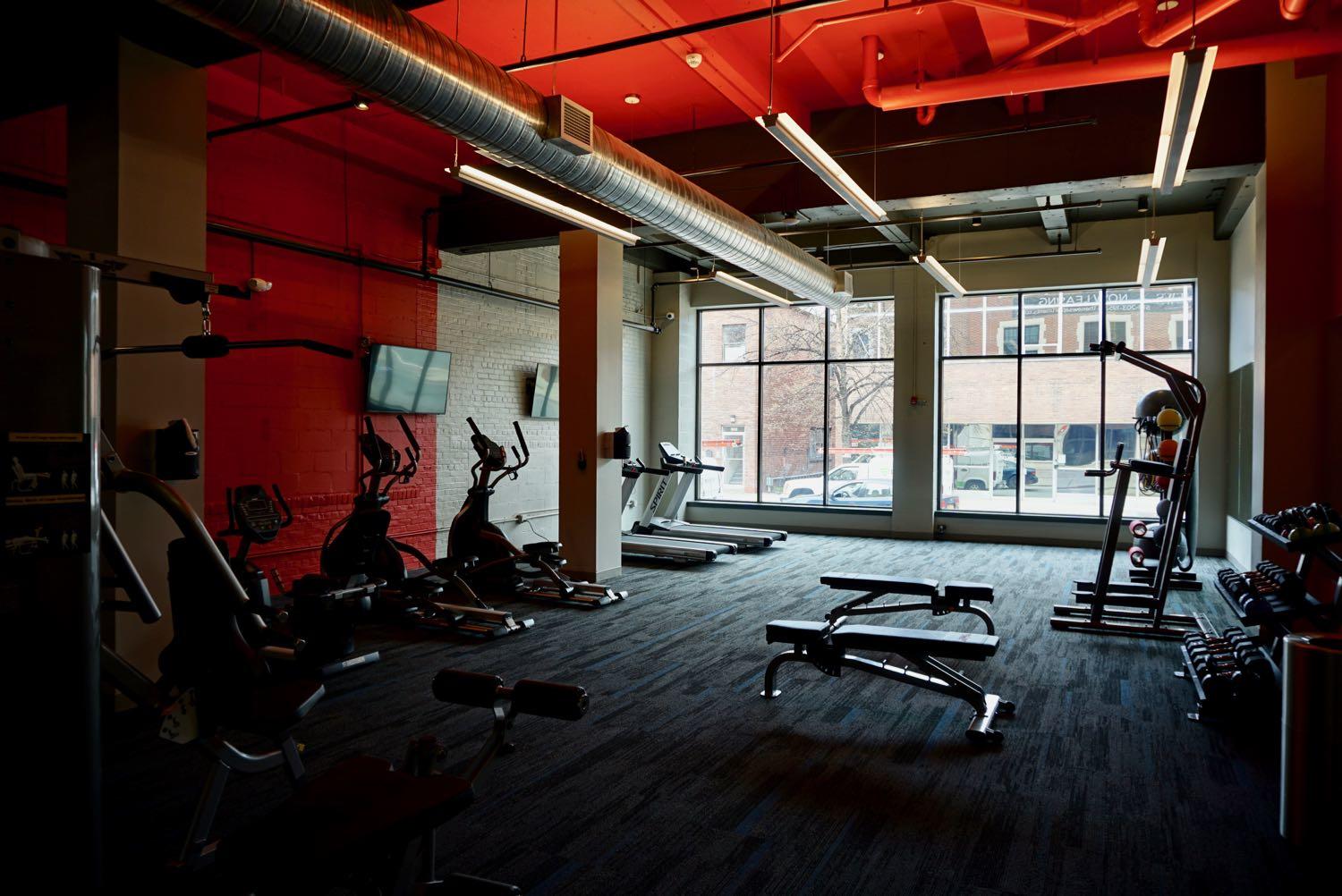

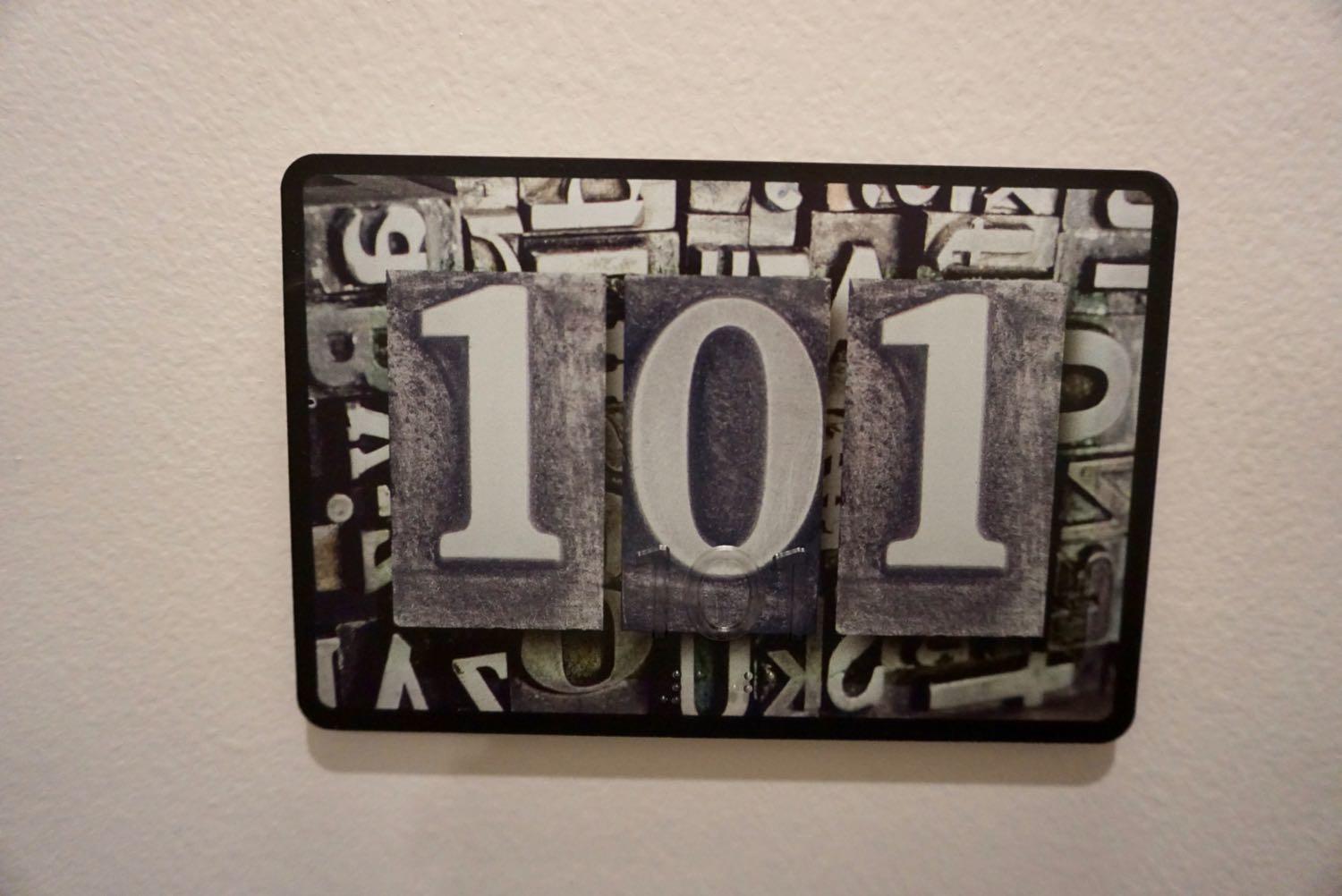

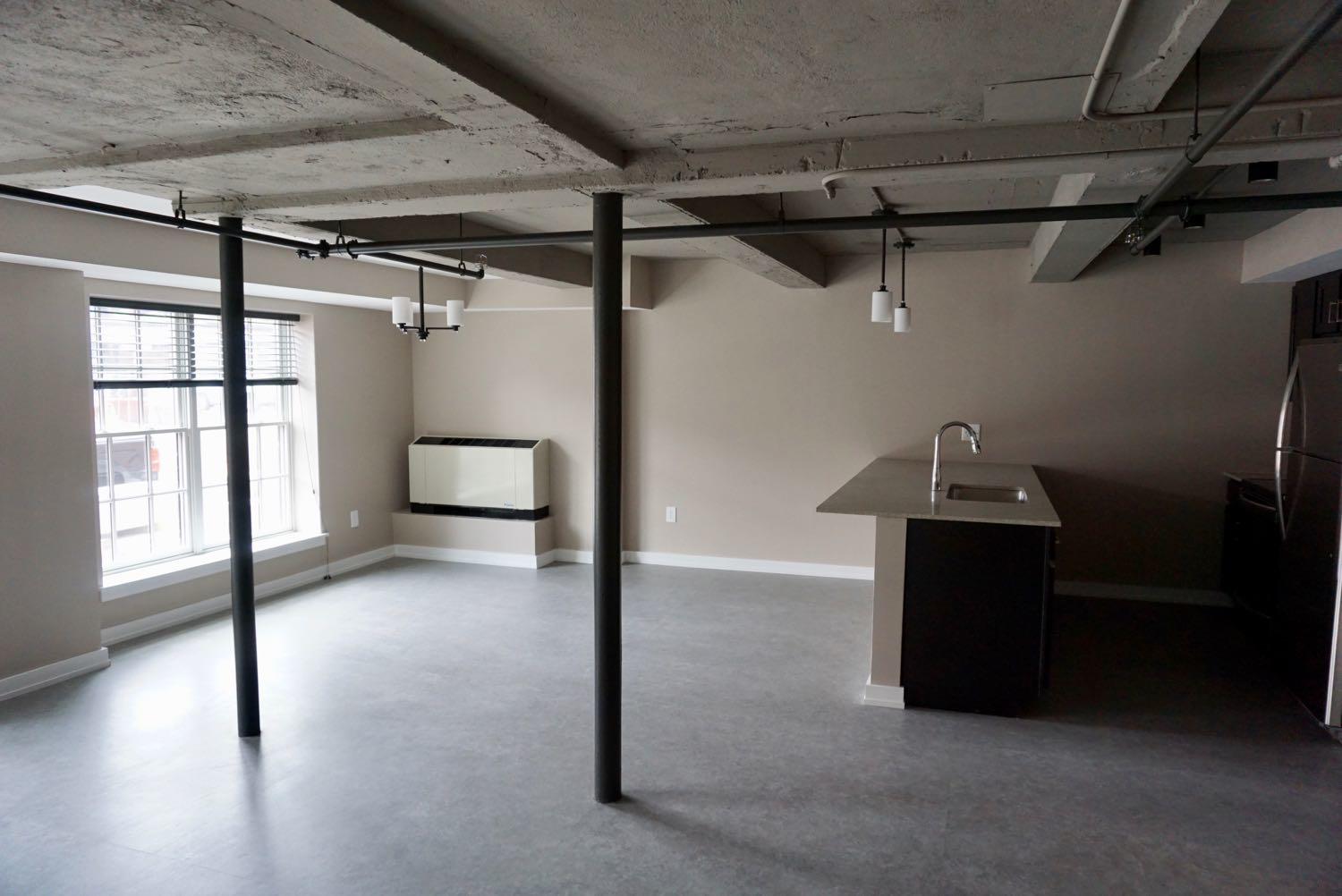
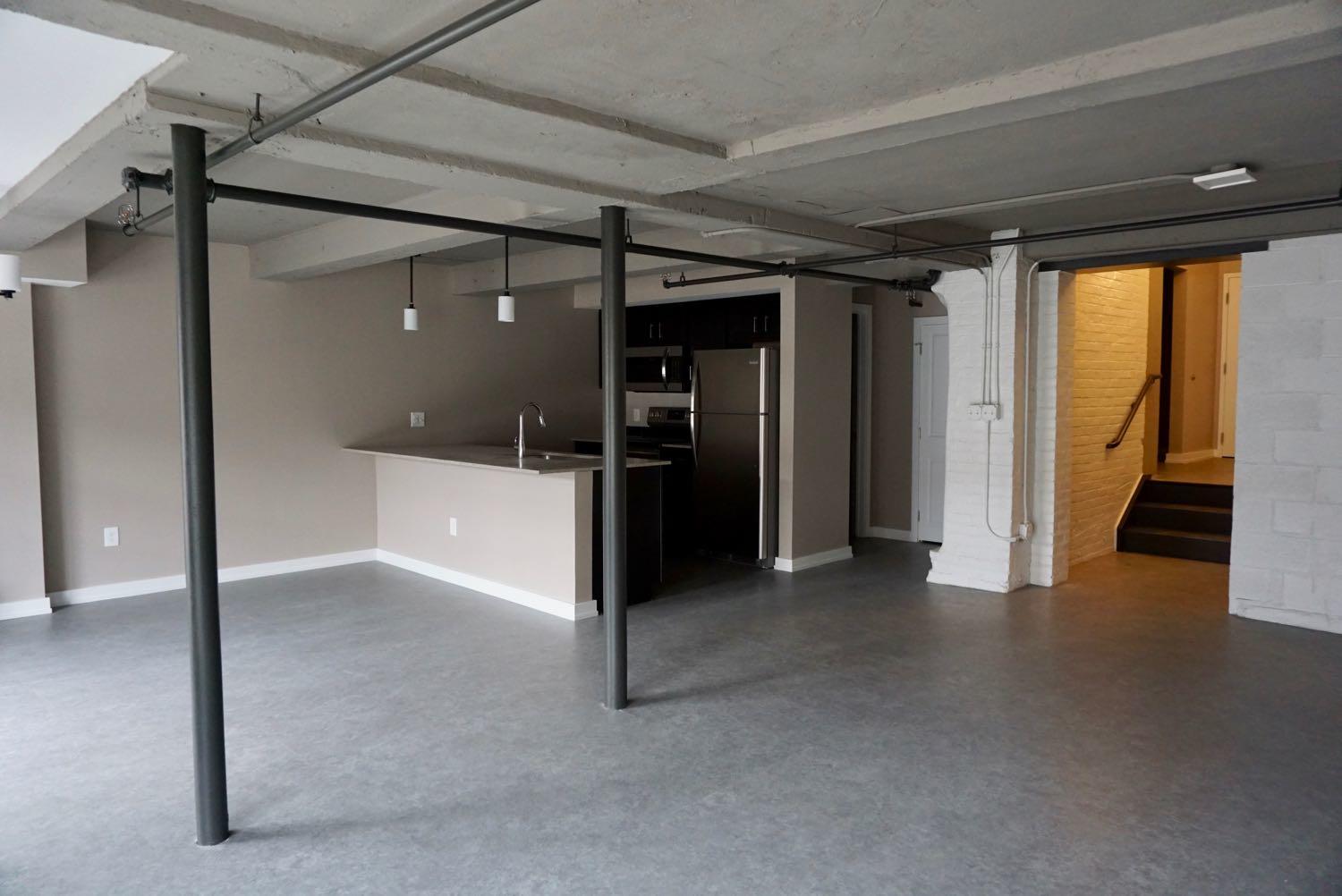
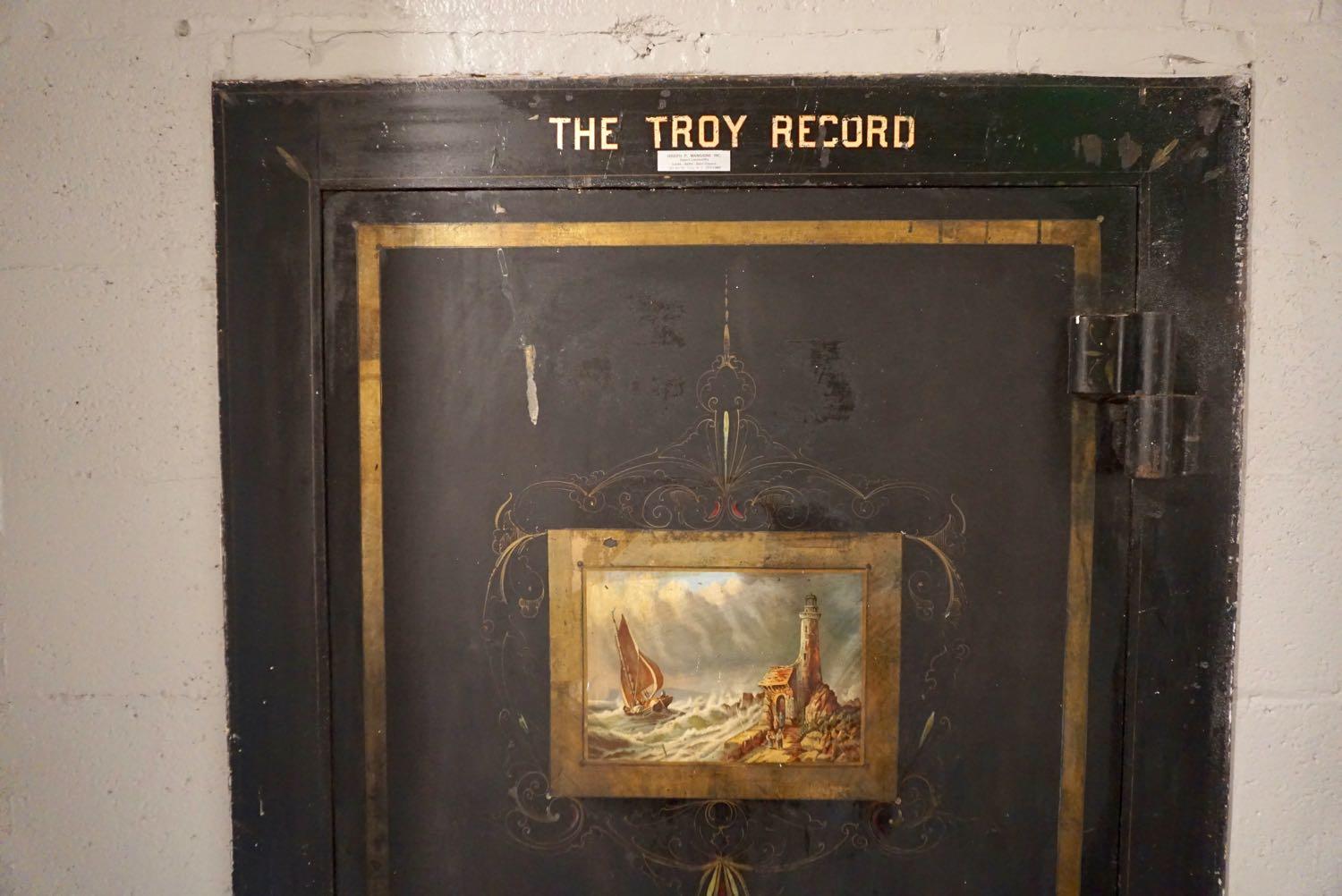
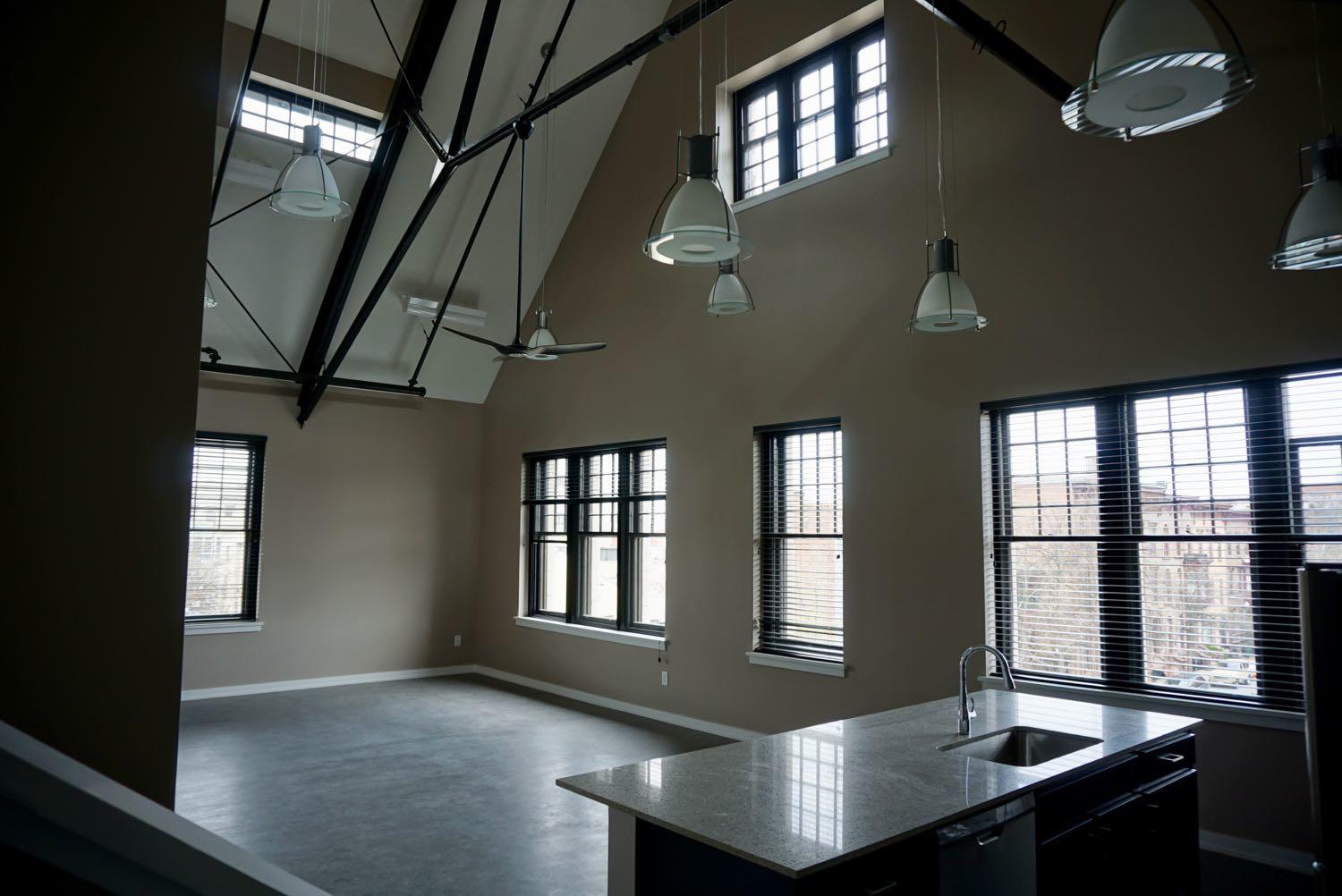
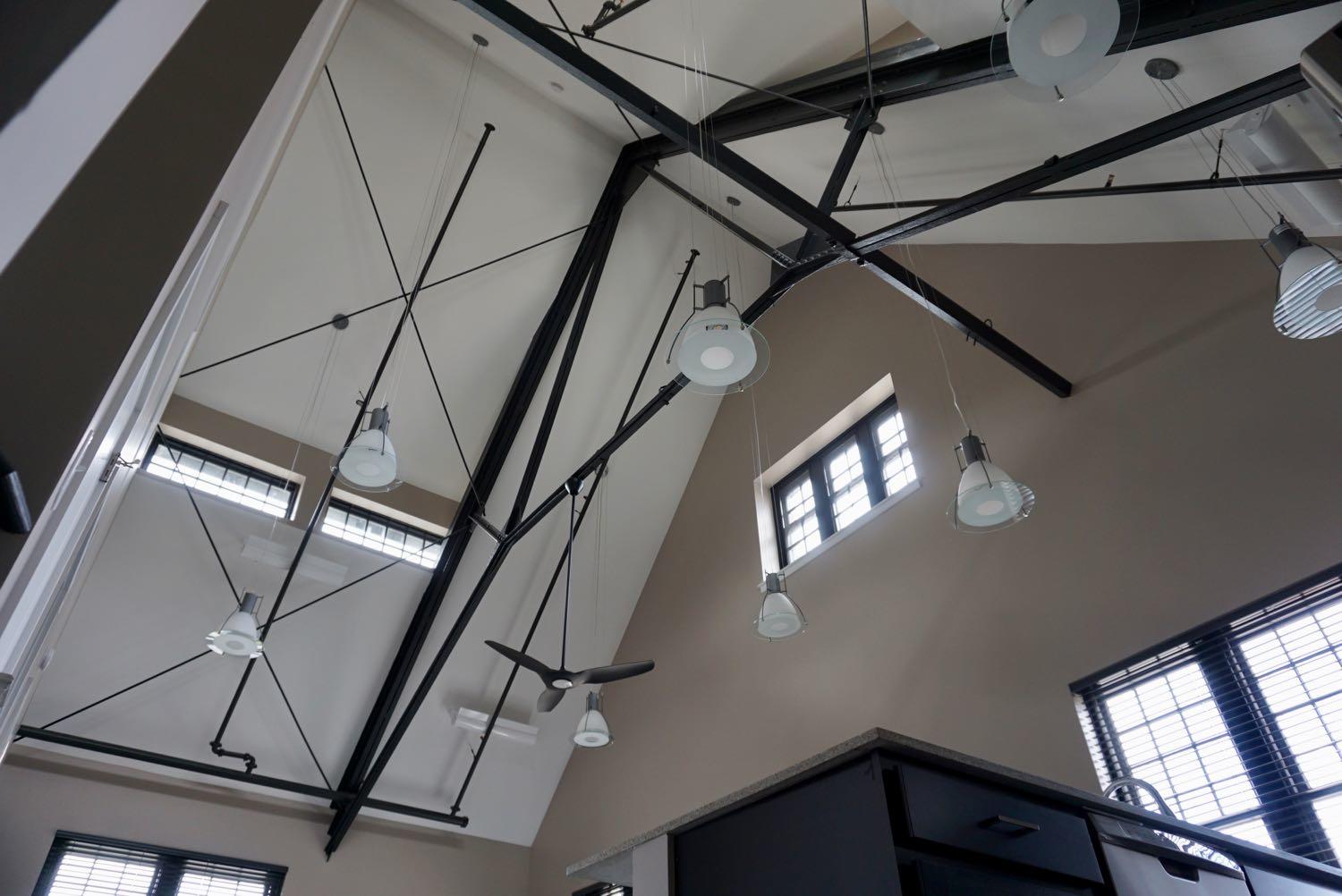
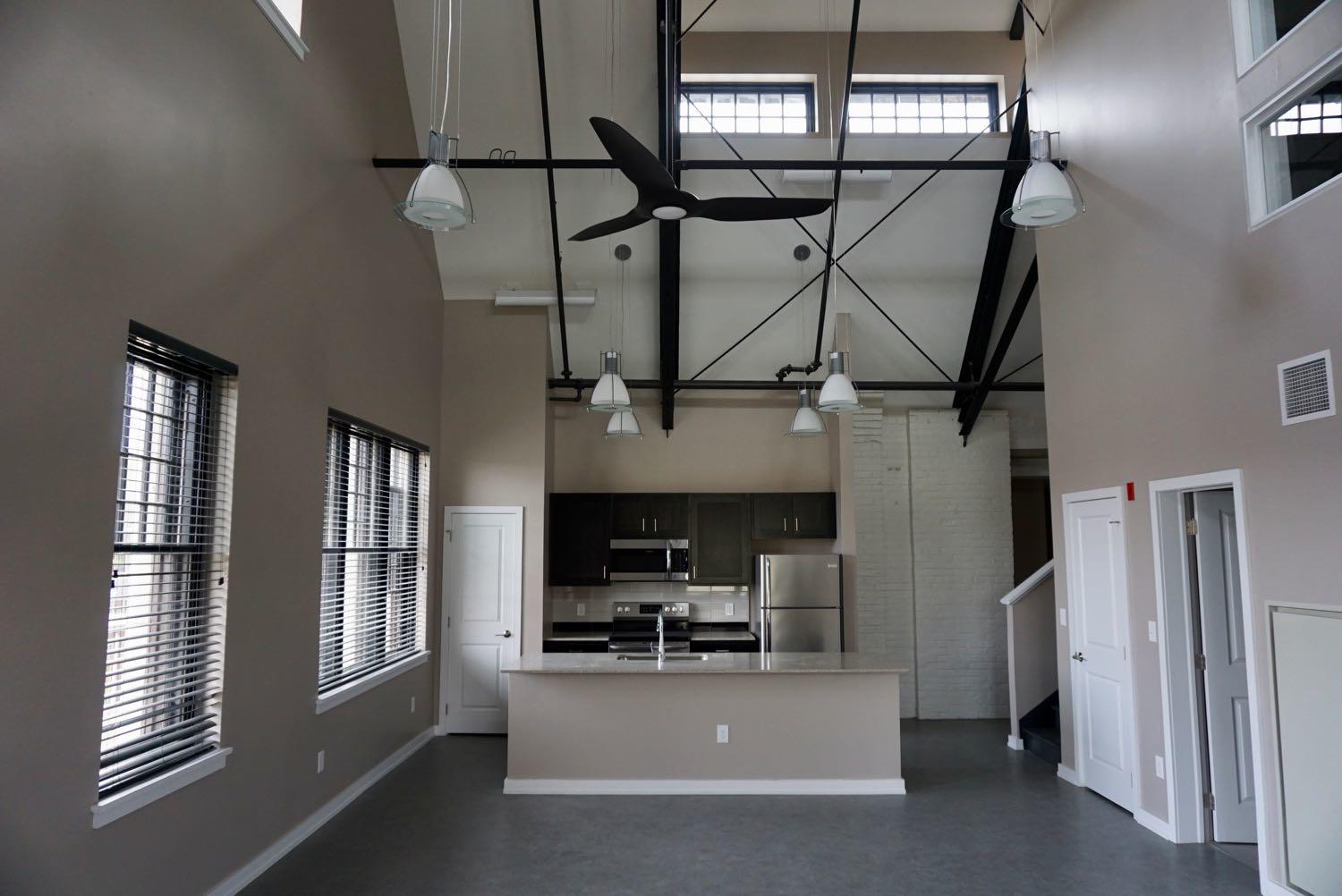
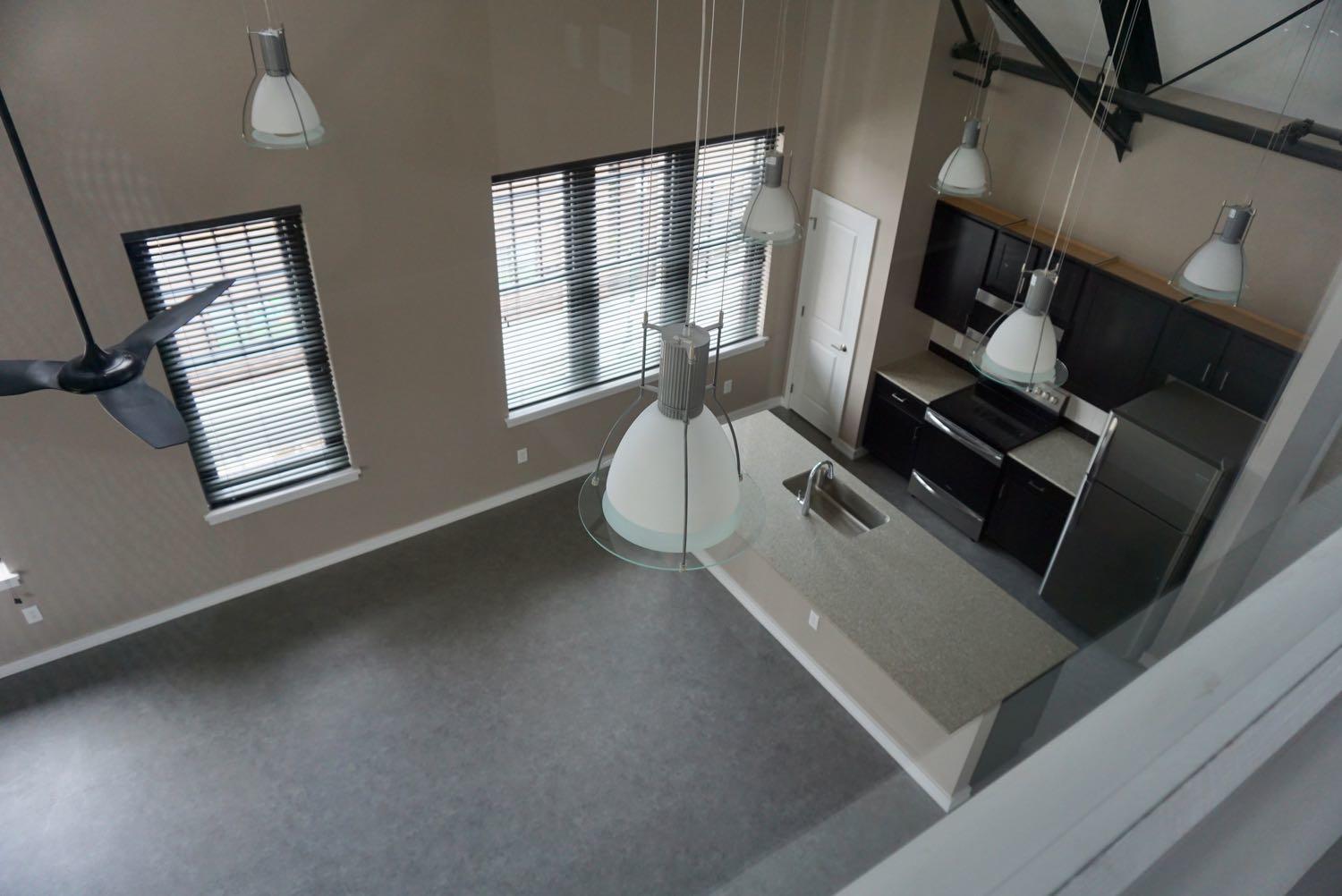
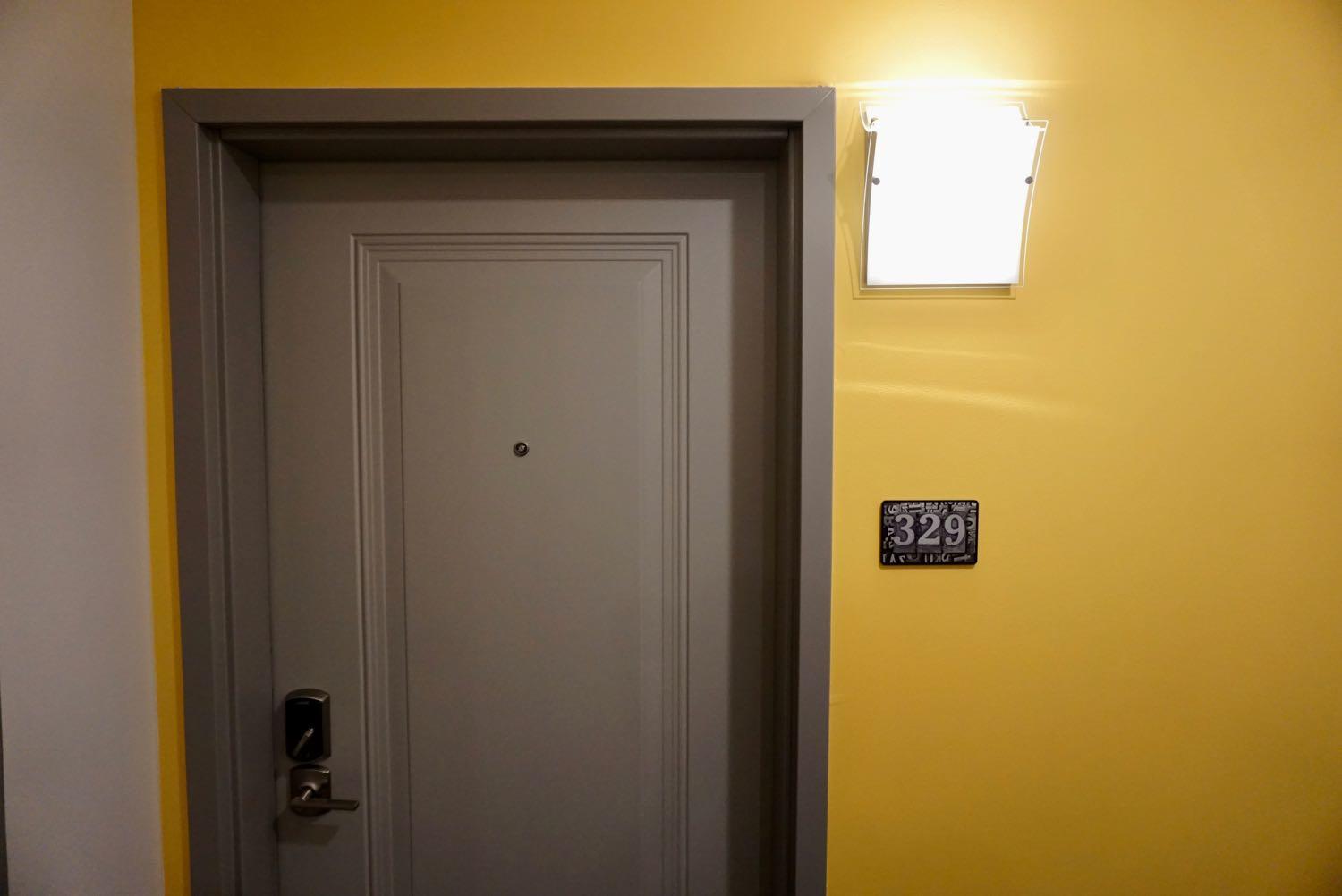
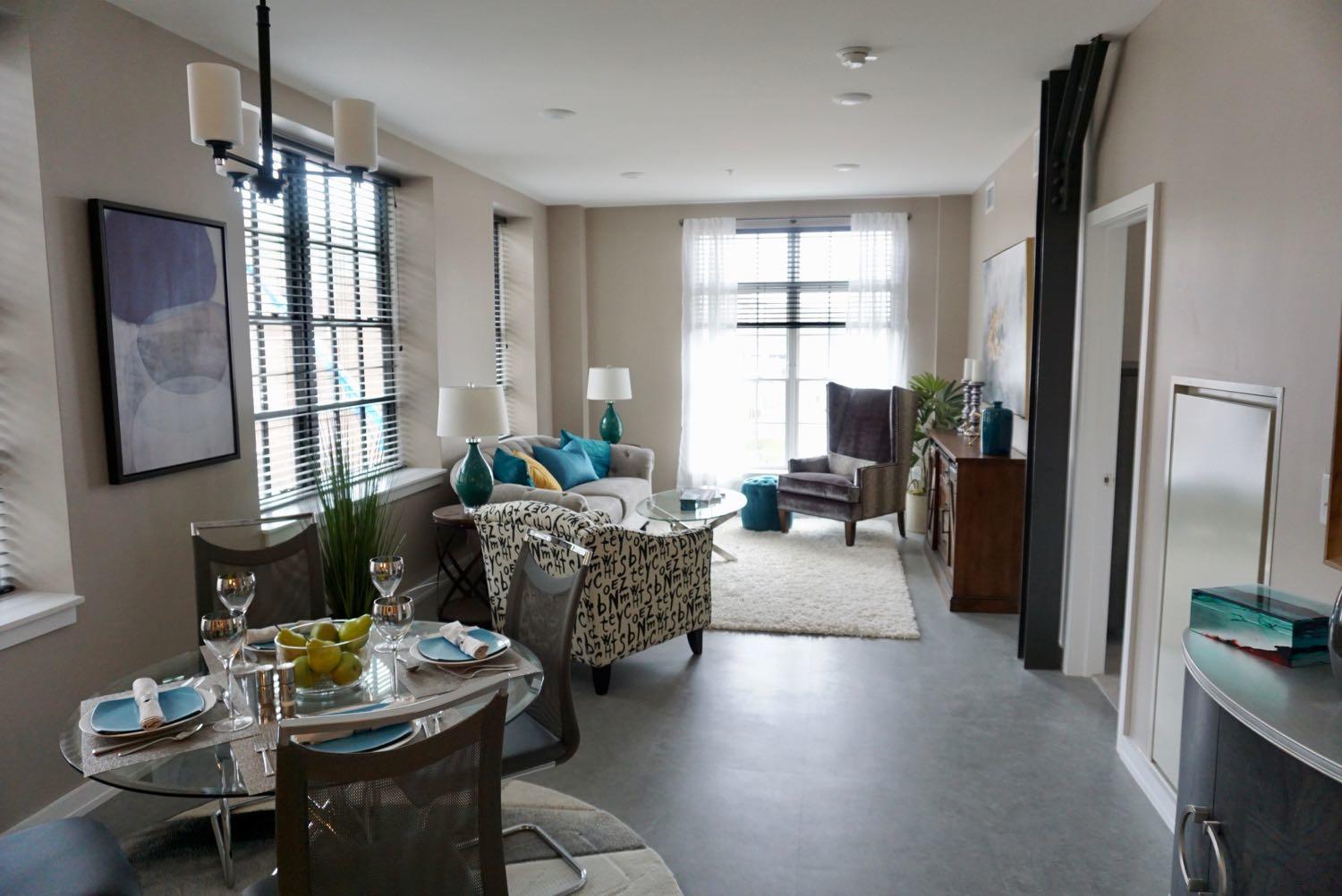
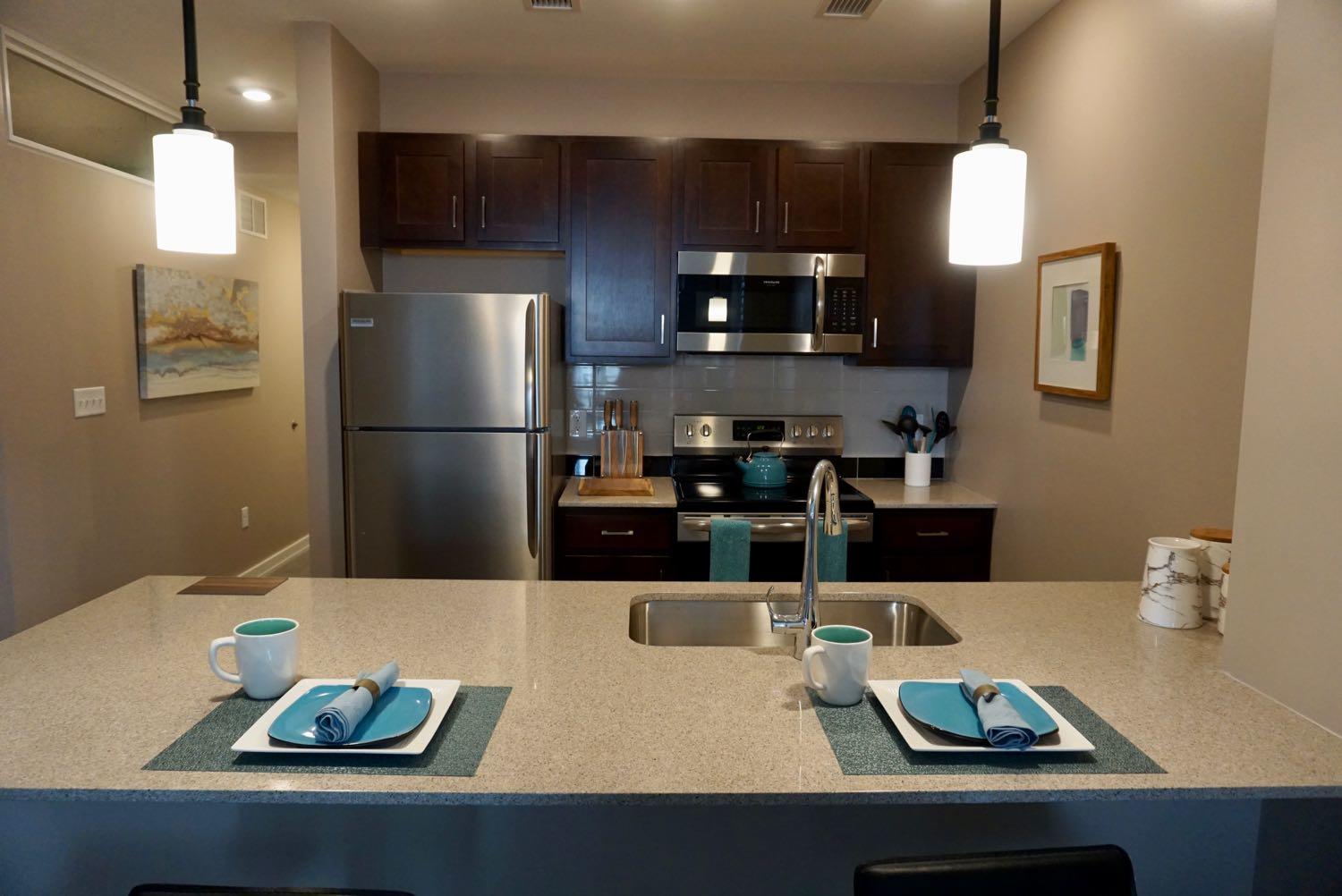
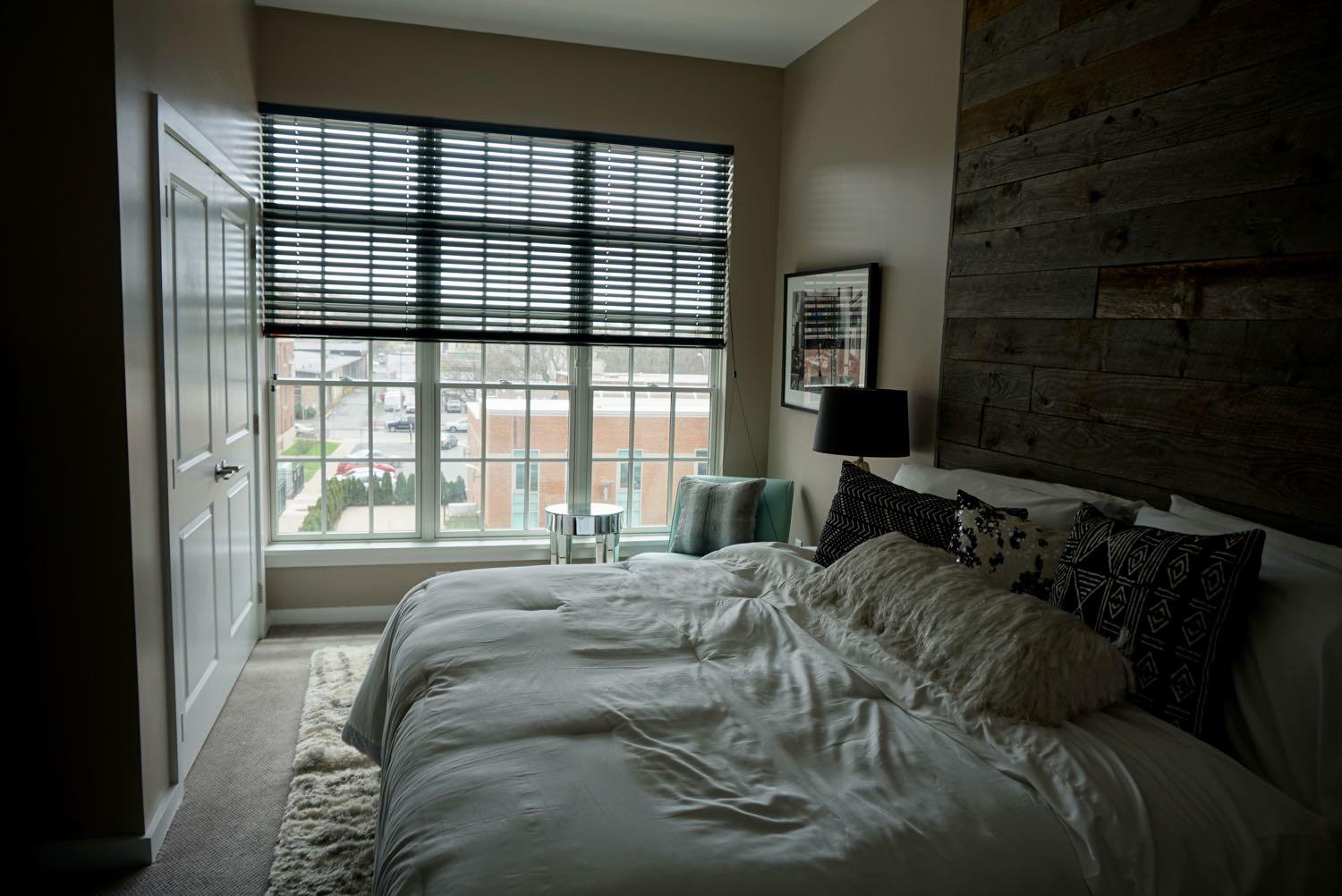
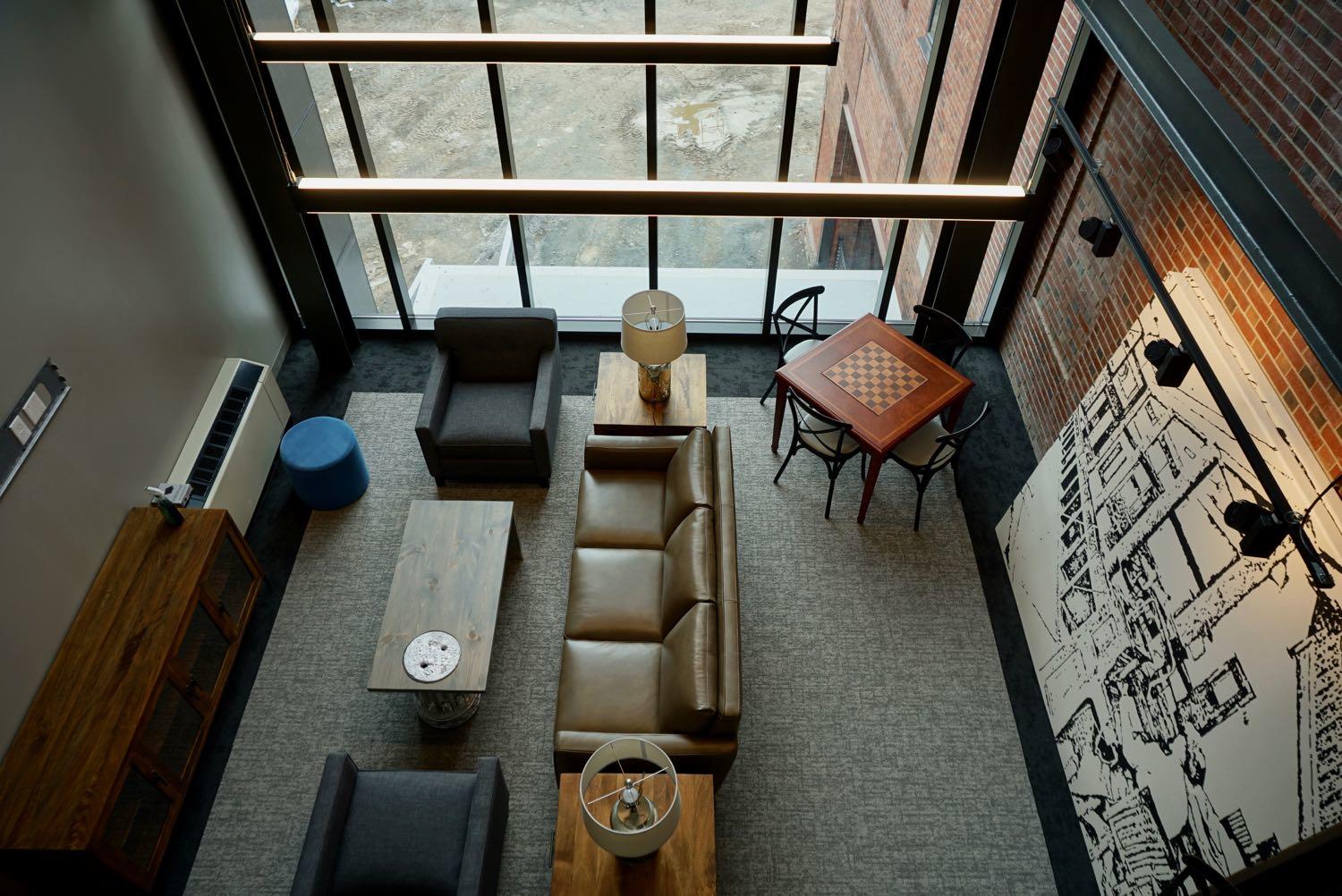
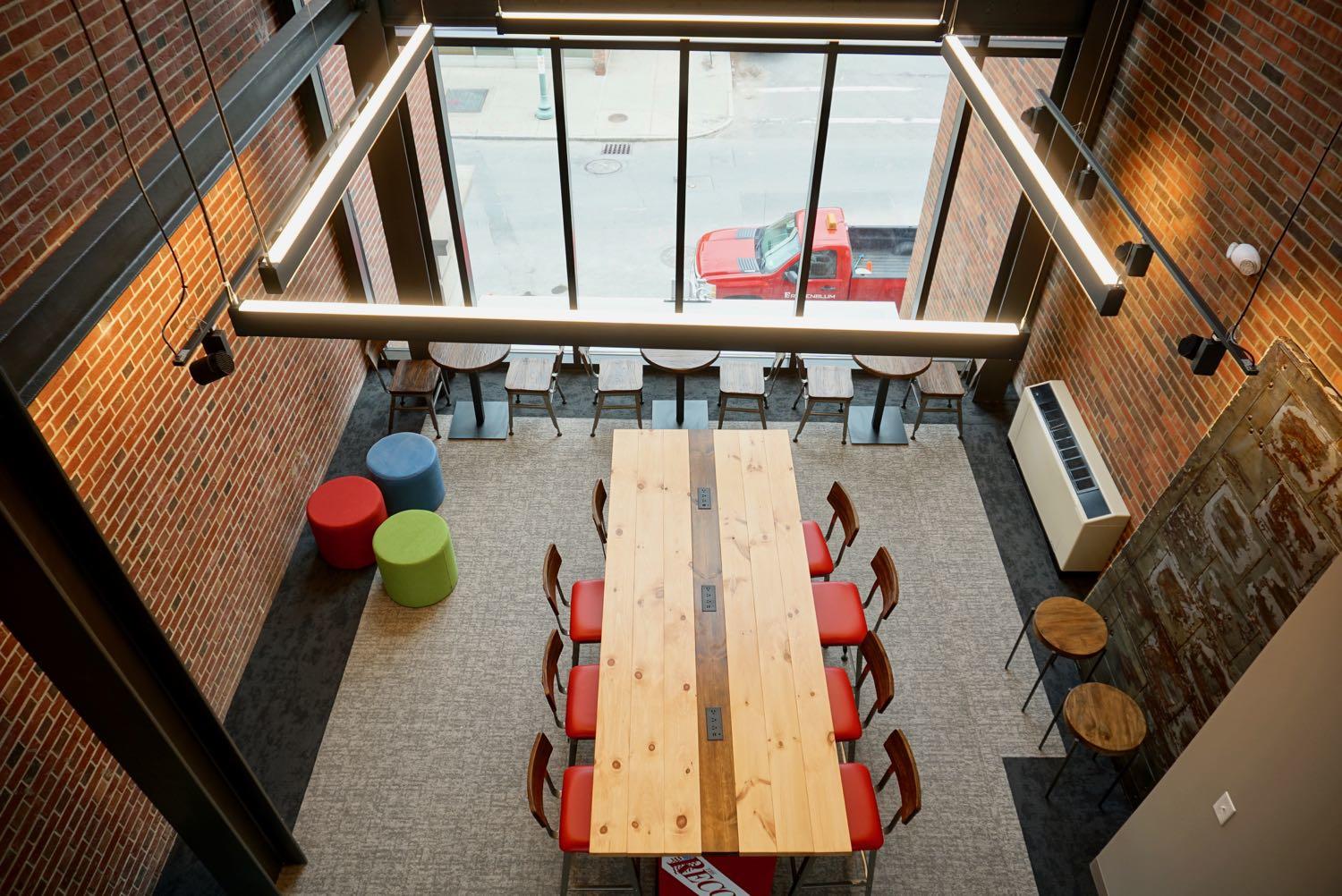


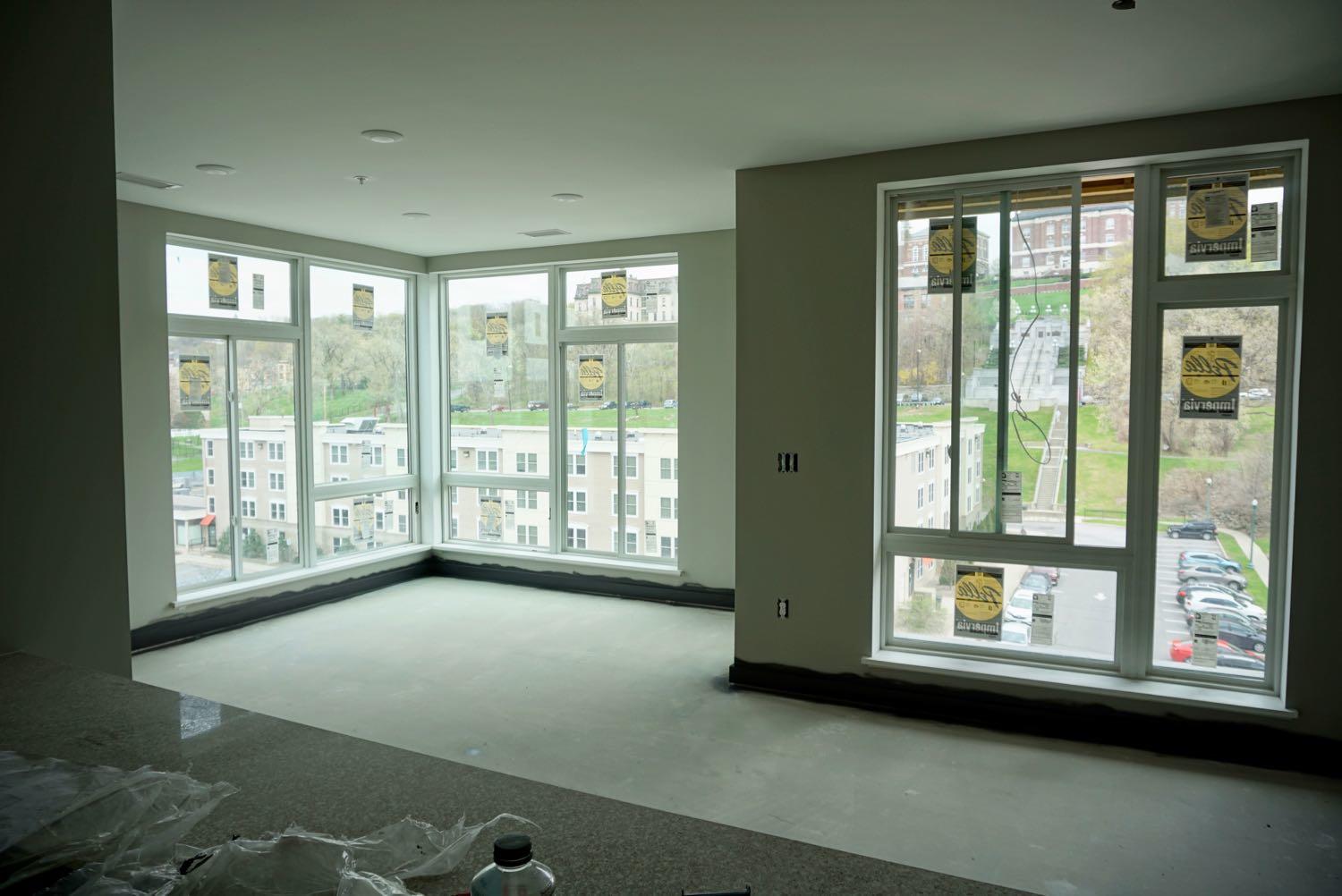
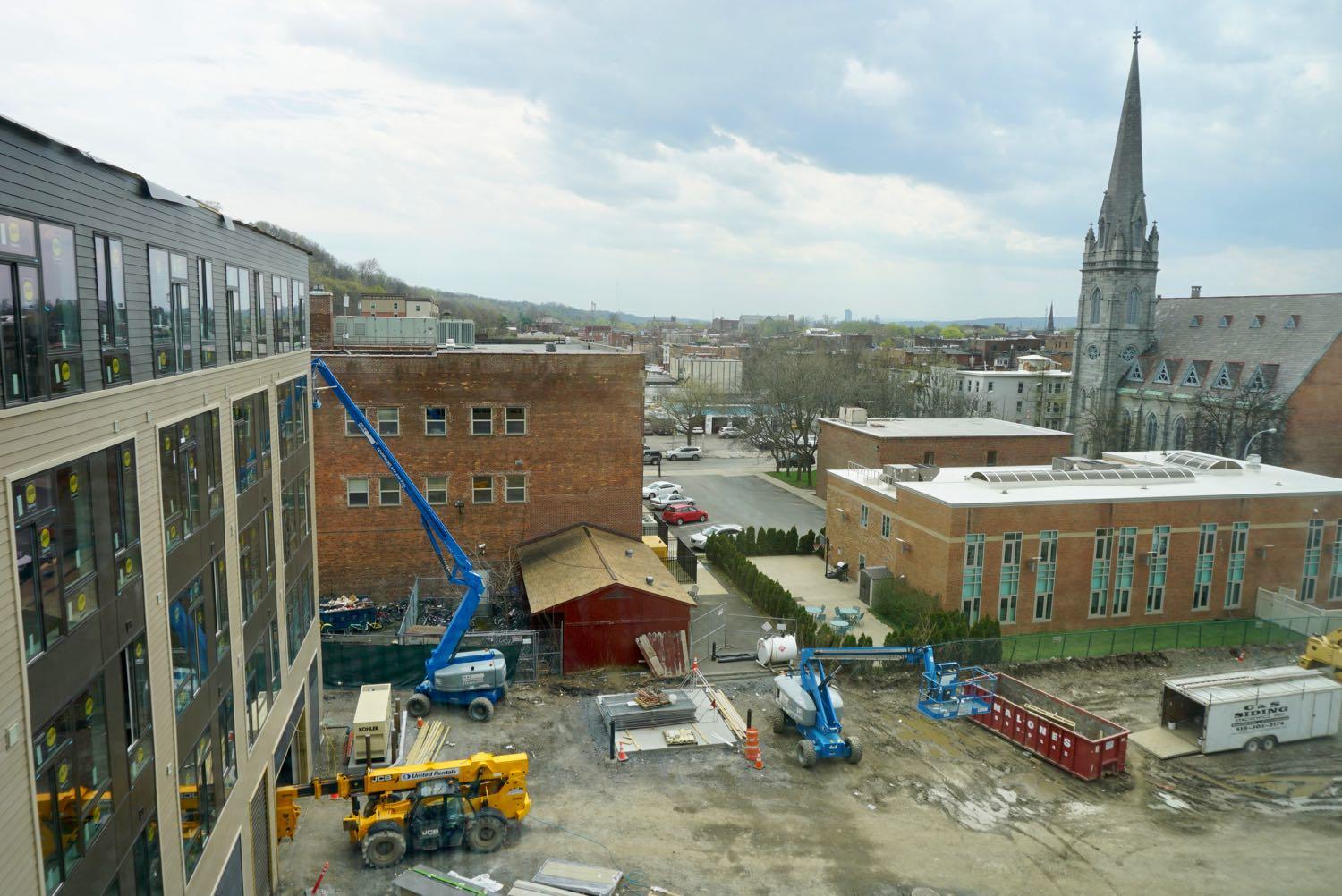



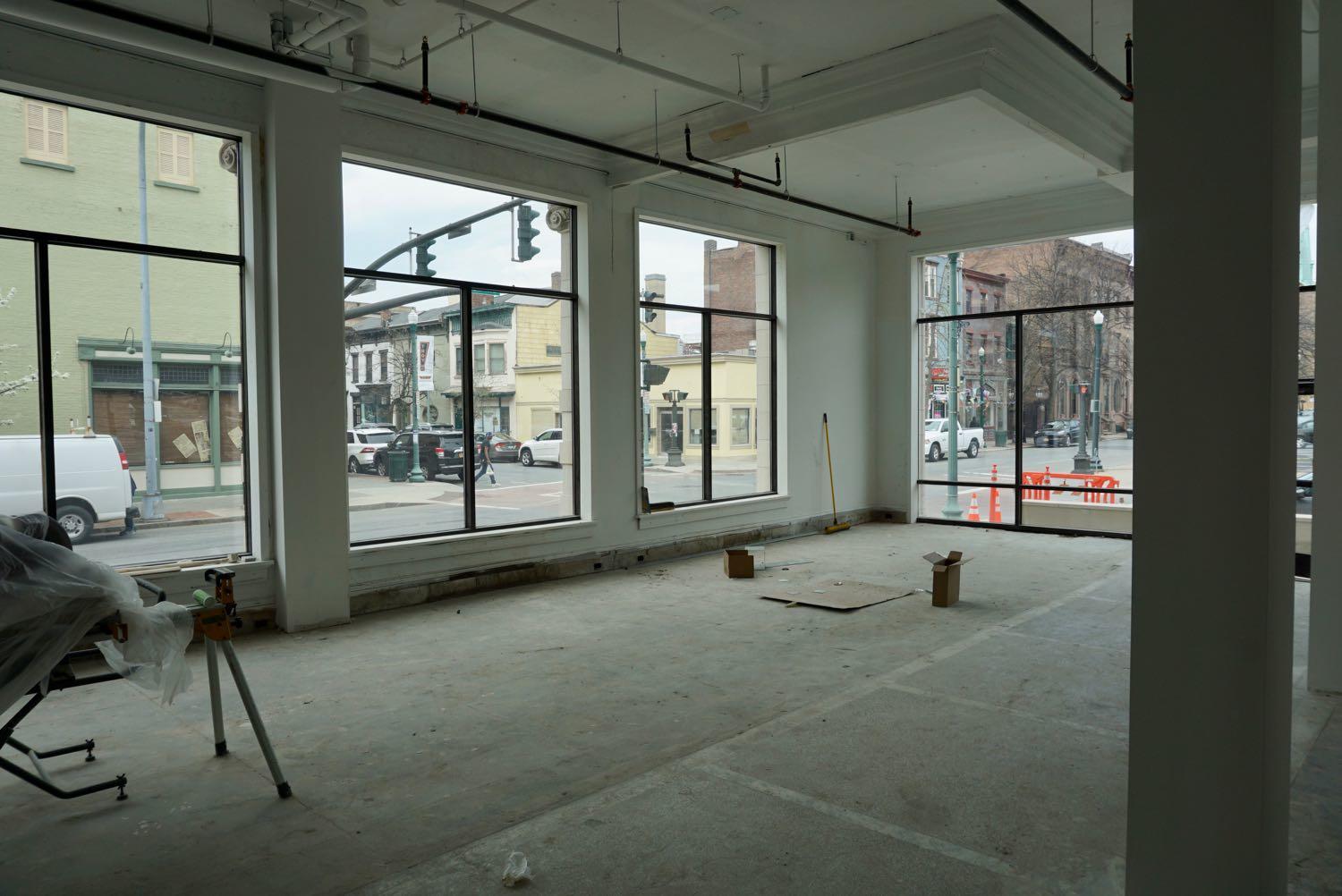
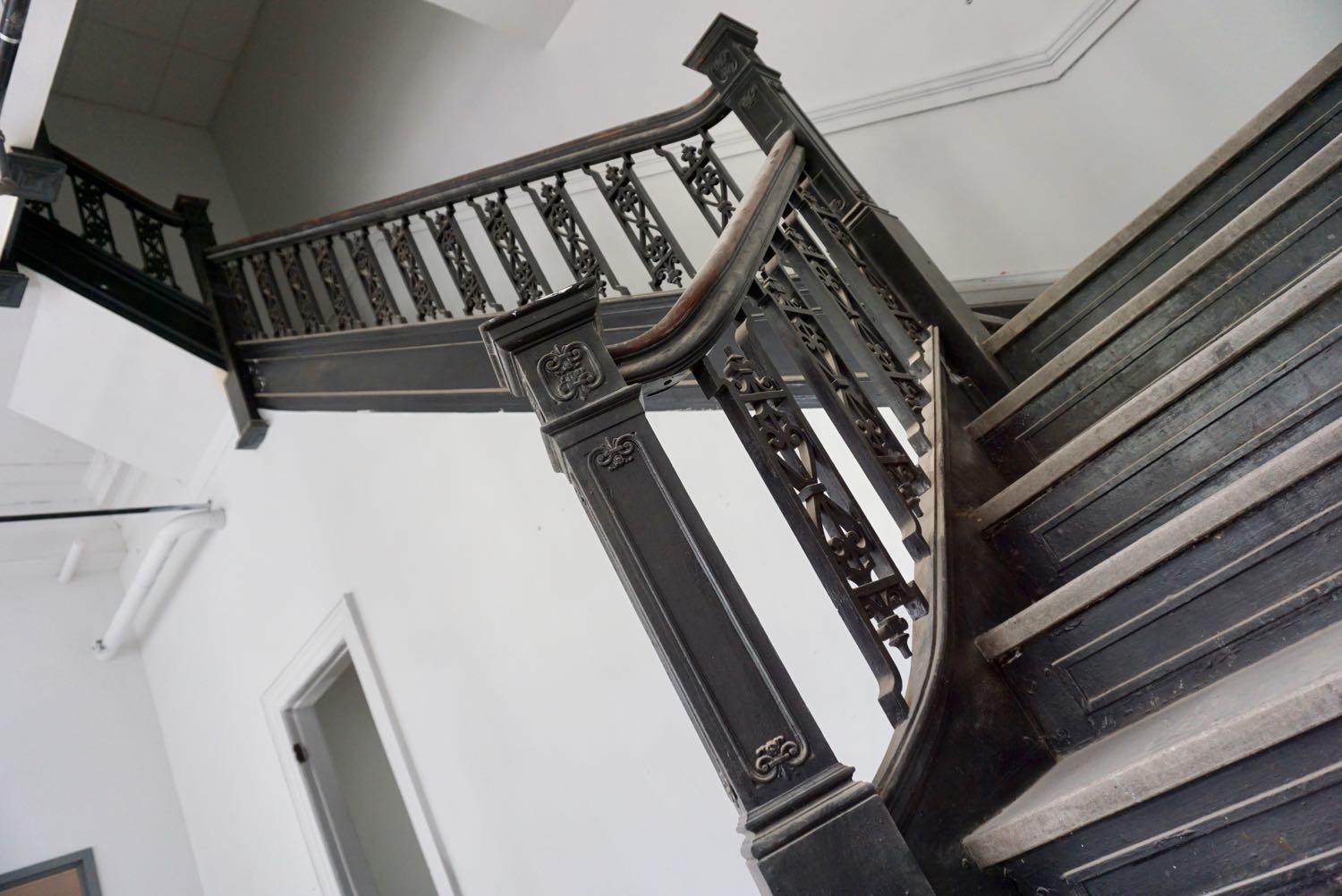
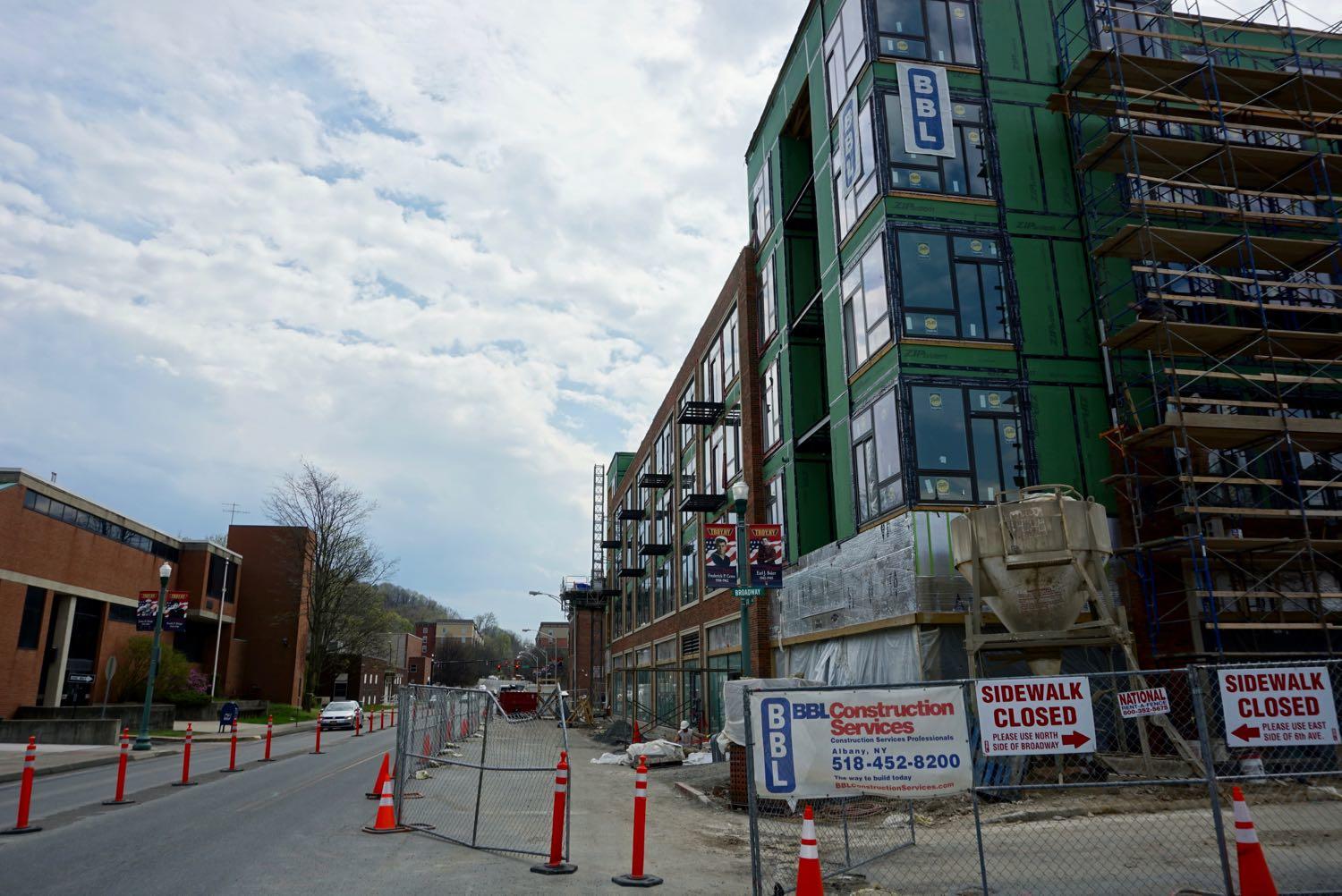
Comments
I love the look of these apartments but the cost of rent is becoming overwhelming. All of these gorgeous spaces but unless you're quite wealthy, they're so difficult to afford.
... said Melissa on May 8, 2018 at 9:33 AM | link
>$2,000 for a two bedroom in Troy... lol
... said Pat on May 8, 2018 at 3:48 PM | link
The apartments look great! I'm glad they incorporated things from the newspaper, like the vending boxes as a base for a table.
I barely recognize the place!
... said Danielle Sanzone on May 8, 2018 at 3:51 PM | link
I'm desperate for some decent, affordable housing. Over $1000 for a studio apartment? This area is killing me.
... said W.W. on May 8, 2018 at 7:38 PM | link
If you think these units are expensive, you've been living under a rock and have never been inside one of these complexes. Take five seconds to go to the website and see what they have to offer. Off street parking is included, the units have a washer/dryer, there is an on-site gym and common areas for residents to use for events, etc. These amenities are worth $300+ a month. If you think all that in a 1BR for $1300 in a vibrant, walkable urban area is expensive, you haven't been paying attention.
... said -B on May 9, 2018 at 8:37 AM | link
It's almost as if the price reflects the point at which supply and demand agree on the value of a product or service.
... said Herbert on May 9, 2018 at 3:10 PM | link
This is happening all over. Housing in Florida is going over the roof! The salaries are not going up. Everyone is getting priced out. Where do they want people to live? Most people can't live where they work. Something needs to be done to keep affordable housing.
... said Sandy on May 9, 2018 at 3:12 PM | link
Not exactly -B, checking out your link, there is off street parking, but only 80 spots in a heated garage, its unclear so you're probably paying extra for it (exact words: Heated Garage Available).
... said Ken on May 9, 2018 at 3:42 PM | link
Melissa wrote: "All of these gorgeous spaces but unless you're quite wealthy, they're so difficult to afford."
That is pretty much how it works, gorgeous living spaces are more expensive. Because saying, "I want all the gorgeous-ness but without all the cost,"...well, that's laughably unrealistic.
... said grandmastergus on May 9, 2018 at 7:54 PM | link
2000$ for a 2 bedroom... With 2 kids you add 3000$ of private school if you want your kids to be somewhat literate, because, Troy schools, you know... Is that where we're headed? Kind of"vibrant" downtown for bros and their silly gorgeous apartment, while the rest of us raise our kids?
... said Ricasse on May 10, 2018 at 8:20 AM | link
Ken, I was actually looking at the "gated onsite parking" line. Similar projects (planned and completed) in the area include surface parking with covered parking as an extra. Off street parking alone in a dense urban area is worth $100+ per month.
Look, I'm all for affordable housing and we absolutely need living solutions for people making under $10/hr which don't include having three roommates. But those solutions are not going to exist in buildings like these, so this is not a lost opportunity. But overall these units are not more expensive than living in Center Square, and these developers are pumping money into these projects because they see a demand.
... said -B on May 10, 2018 at 8:48 AM | link
Also note that the tenants will have significant discounts for utilities - heat / cooling / electricity / water / cable / internet is all packaged together and ranges from $150 - $195/month based on apartment size. I know I pay a lot more for that for my 1BR (and I don't even have cable).
... said Paul on May 10, 2018 at 10:34 AM | link
On site surface parking is extra - around $90 I think. Covered parking is even more. So that needs to be added to monthly cost if you have a car.
... said wesley on May 10, 2018 at 12:38 PM | link
Housing for people that make less than $10 per hour??? How does happen without MASSIVE government subsidies. So $9.00 per hour is 18,720 per year. One quarter for rent-mortgage that's $4680 per year or $390 per month. That provides for an apartment or condo-house worth about $40,000. Anyone see any place costing $40,000 around here??? Anyone???? Would barely pay for the labor and materials for a large backyard shed. Everyone so sick of "giving" greedy developers their incentive money to build these places but bending over backwards to want to give people making $9.00 per hour a place to live. The numbers simply don't add up. Again I am not talking about the disabled or those who simply cannot work. With an unemployment rate of 3.9% I know people can find jobs......it was never intended to by able to provide room food and shelter to the masses of people by working at Wendy's or Walmart. Perhaps all these places should provide 1-2% of these apartments at less than market rate but still barely puts a dent in the problem. Only good answer is to obtain better training, harder work and better paying jobs...please see south korea china japan Taiwan Singapore for instructions. A society cannot thrive on Starbuck's barristers.
... said BS on May 10, 2018 at 5:23 PM | link
A lack of opinion or editorial concern regarding this historic monument of yesterdays daily pulse for the people of Troy reflects how society changes.
... said Michael Sheeran on Oct 26, 2018 at 5:47 AM | link